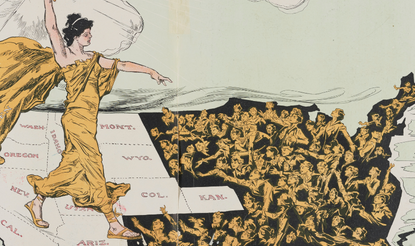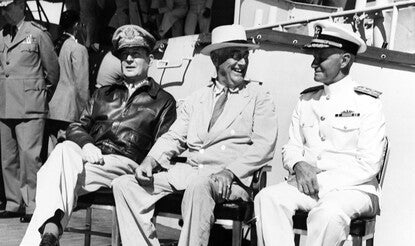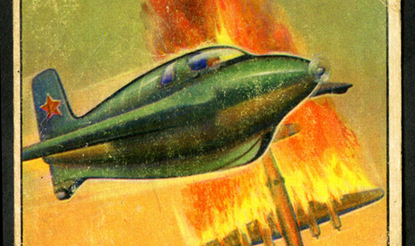Curated Resources
Click on any of the nine titles or images below to view highlights of documents from that era.
Life in Colonial America (1493–1763)
Beginning with a 1493 Latin printing of Columbus’s letter to King Ferdinand and Queen Isabella, the Collection contains more than 4,000 colonial era documents that chronicle the establishment of European settlements in the New World, relations with American Indians, the French and Indian War, Quaker settlements, and commerce in the colonies. The Collection materials focus primarily on the English and Dutch colonies, with some holdings relating to the Spanish and French territories. Documents from this period include treaties, Acts of Parliament, colonial government decrees, colonists’ letters, and more.
Firsthand Accounts of the American Revolution (1763–1783)
The Collection contains materials written by leaders, soldiers, and women during the American Revolution. Letters discuss not only the military and political aspects of the war, but also personal outlooks. The experiences of soldiers, loyalists, and prisoners of war are recorded in letters, diaries, orderly books, and other manuscript journals.
The New Nation (1784–1800)
Materials from this period address the creation of the US Constitution from the failure of the Articles of Confederation through the women’s suffrage amendment in both official records and personal correspondence. These include the fiery debates leading up to the Constitutional Convention, drafts of the Constitution, and the ratification debates around the country.
Antebellum America (1800–1860)
The conflict over slavery, the growth of federal power, and the territorial expansion of the United States figure prominently in the Collection. Thousands of letters, documents, broadsides, and pamphlets focus on slavery and abolition. Other materials in this period cover a wide range of topics including the Bank of the United States, forced displacement of American Indians from tribal lands, the Nullification Crisis, Jacksonian politics, settlement of the Mormons in Utah, the Mexican-American War, and Texas. The development of freedom in America is exemplified in a multitude of anti-slavery materials.
Soldiers’ Stories from the Civil War (1860–1865)
Materials recount the secession crisis and the American Civil War through general orders, orderly books, recruitment broadsides, maps, photographs, newspapers, and the journals, official dispatches, diaries, and personal letters of military commanders, politicians, soldiers, and civilians. Personal accounts provide unique perspectives on virtually every aspect of the Civil War including battles, life on the home front, Lee’s surrender, Lincoln’s assassination, prisoner-of-war experiences, and the lives of the common soldier and his family.
Post-Civil War (1865–1890)
A variety of materials demonstrates the rise and fall of civil rights for African Americans during the latter half of the nineteenth century, including constitutional amendments, sharecropper contracts, and discussions of segregation and voting rights. Other items from this time period document relations with American Indians, the Spanish-American War, and industrialization.
The Progressive Era and World War I (1890–1919)
Collection items from the turn of the nineteenth century to the end of World War I document the women’s suffrage movement, Theodore Roosevelt’s presidency, WWI military service, wartime employment, race relations, and more. Materials from this period include diaries, pamphlets, letters, postcards, books, photographs, newspapers, and more.
Post-World War I, Great Depression, and World War II (1920–1945)
Materials from the end of World War I to the end of World War II offer firsthand insights from policymakers, soldiers, civilians, and activists. Presidential messages, personal correspondence, publications, propaganda posters, photographs, maps, and a variety of other materials deal with wartime policies and their impacts, racial inequality, women’s roles, and a range of domestic issues.
Civil Rights Movement, the Cold War, and the Vietnam War (1945–1989)
Newspapers, pamphlets, speeches, presidential addresses, letters, photographs, campaign literature, and a variety of other materials offer insight into civil rights leaders, organizations, and politicians from the 1940s through the 1970s. Soldiers’ letters from the Vietnam War provide glimpses into life on the ground, while speeches and political posters represent public sentiment at home. Unique sources including press photos and documents from the office of the Manhattan District Scientists capture a range of Cold War era events.
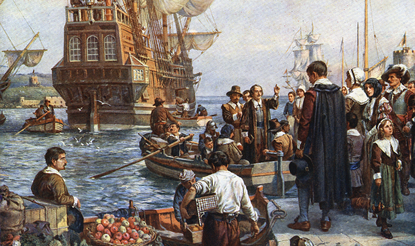
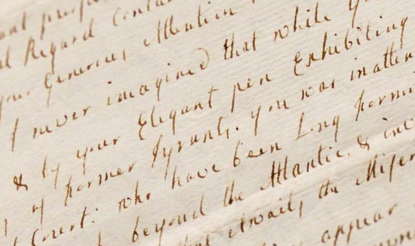
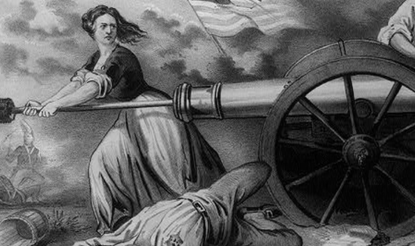
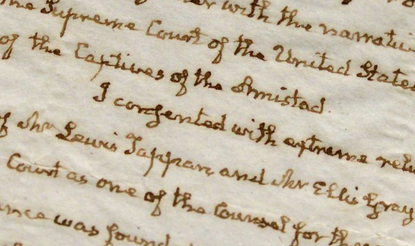
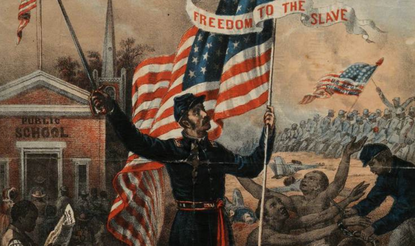
![Atlantic Monthly. [Vol. 18, no. 110 (December 1866)]](/sites/default/files/styles/nav_card_1x/public/2025-06/GLC06830.01_00001-The-Atlantic-Monthly.jpg?h=0f083838&itok=sNO_Be4V)
